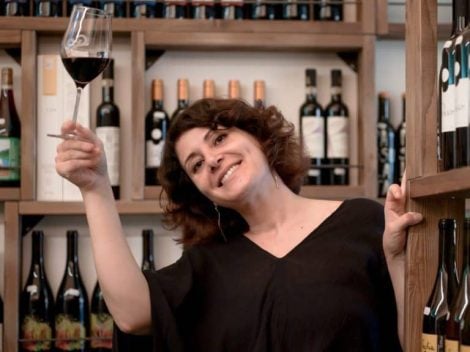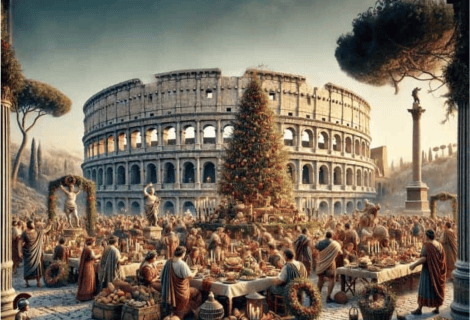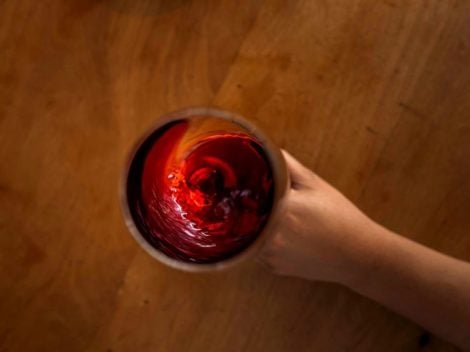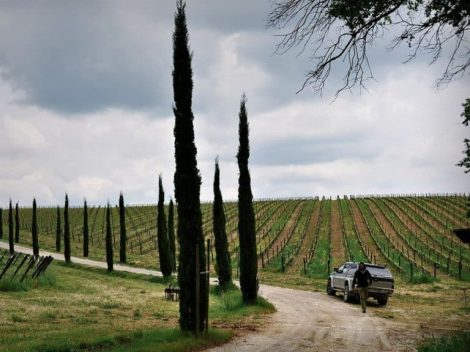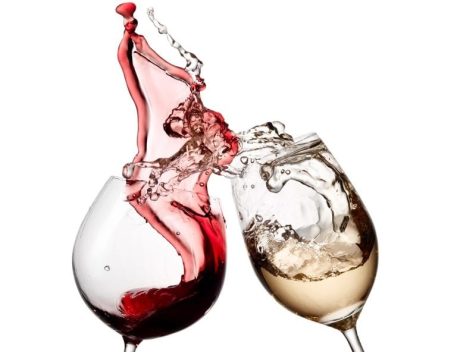Rocca di Castagnoli
The hills of Chianti Classico in the Gaiole area are the ideal place to enjoy days immersed in a unique atmosphere in the company of fine wine. Rocca di Castagnoli is one of the oldest estates in Chiantishire and boasts a thousand-year-old Rocca (11th century castle) now used as a guest farmhouse, with 8 apartments, 6 bedrooms and an original pitcher-shaped pool with panoramic views. The hamlet was finely restored in 1985 by the Calì family - the current owners - who have managed 91 hectares of vineyards, mainly Sangiovese, since 1981. «We fell in love with the incredible beauty of the territory, so familiar and unique, which prompted us to continue the centuries-old history of Rocca di Castagnoli by starting a profound corporate restructuring process that began in the early 1980s - says Alessandro Calì - with the goal of producing excellent wines by implementing a sustainable business management.»
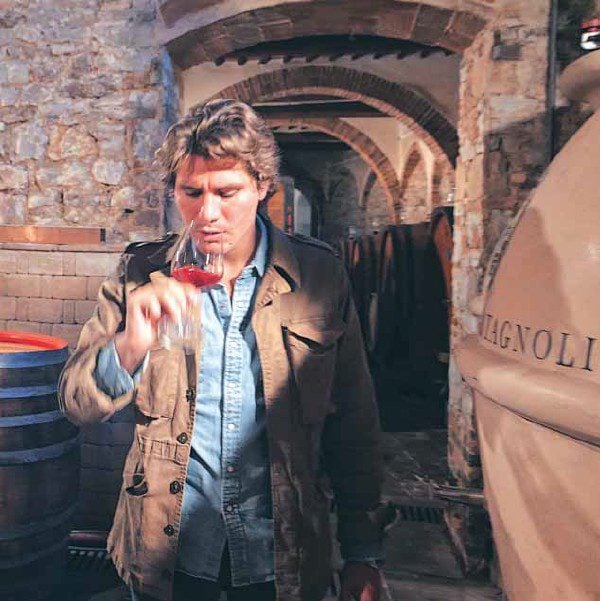
The large vineyard park is divided into different parcels, some of undisputed value and which give life to specific crus of Chianti Classico such as Stielle, in Gaiole, a vineyard of seven hectares at 600 meters above sea level (hence the Gran Selezione by the same name); or the vineyards on the Pietrafitta hill in Castellina in Chianti, within the vineyards from which the Selezione Capraia mainly hails, where the Riserva Capraia and the Gran Selezione Capraia Effe 55 are born respectively. «We decided to focus on a select production of excellence aimed at enhancing our different terroirs. Over the last twenty years we focused on developing a style that enhances in the glass what is most unique, which makes us non-homologable: our soil. This is why we have started to use less invasive oak to emphasize our soils rich in minerals (marl, alberese and limestone) which allow us to produce very fine, elegant and fruit-rich wines.» All conducted according to the criteria of organic farming: «We have always looked at the territory in a respectful way, aware that to make a good wine it's necessary to be in symbiosis with the surrounding environment - explains Calì - Obviously this must not be limited only to treatment in the vineyard or to the purely oenological aspect, but to all the activities that make up the work: from the targeted use of machines and tractors so as to reduce emissions, to the obsessive attention to water waste and energy dispersion in all stages of production. For us, organic is an obligatory stage in a longer and more articulated process towards a 360-degree corporate sustainability project.»
One winery, two souls
ROCCA DI CASTAGNOLI. The classic line starts with the white il Molino alle Balze IGT, 100% Chardonnay from three different plots (a total of 3.2 hectares). It stands out for its well-balanced mineral character and freshness, and for the perfect integration between oak and steel. A part (about 50%) of the mass ferments in steel, preserving the minerality and freshness typical of the grape, while the other part ferments in small wood barrels in various passages and of various types (mainly acacia and cherry) giving softness and depth .
Then there are the Chianti Classicos: we start with the "vintage" version, a fine, elegant and fruity red with a prevalence of Sangiovese, with a balance of Colorino and Canaiolo; it ages for 14 months in large barrels and refines in the bottle for another 12 months: «In our philosophy - comments Alessandro - the vintage Chianti Classico represents the right thermometer to measure the average quality index of the company, as it is certainly the wine we mostly produce.» The 2017 version won Tre Bicchieri recognition.
Then we find the Riserva Poggio a' Frati, a historic company label (which gained Tre Bicchieri with the vintages 2004, 2006 and 2008), produced since 1983 from the vineyard by the same name dedicated to Sangiovese and Canaiolo. In this case the maturation takes place in large barrels and tonneaux of seven hectoliters for a period that on average is around 18 months, followed by a further 18 months in the bottle.
The Chianti Classico of the Rocca di Castagnoli line also includes a Gran Selezione. This is the Stielle, coming from a vineyard, dedicated only to this label, of about seven hectares located in Gaiole in Chianti, at 600 meters above sea level: 100% Sangiovese, a clone developed by the company together with the University of Arezzo, RC1.
Another historic label is Buriano, 100% Cabernet Sauvignon from the upper part (2 hectares) of the Stielle vineyard. Rest in barriques of various passages, then six months in steel and a year in the bottle: a Cabernet with a very Chianti character.
Pratola is the real novelty of the traditional line. Since the year 2000 it has always been a pure Merlot; but, due to climate change and ever higher temperatures, the ripening conditions of this grape have become decreasingly optimal, with high alcohol levels and an unbalanced phenolic ripening: «So we decided to change and focus on a native grape variety of the highest quality: Colorino. Pratola, with the 2018 vintage, was transformed into a 100% Colorino which is aged in second and third passage barriques. It is a full, soft and round wine with a pleasant tannic note that makes it structured.
SELEZIONE CAPRAIA. The Selezione Capraia comes from a small plot of Castellina in Chianti: «The idea of differentiating two types of Chianti Classico starting from the different territories was also anticipatory compared to what recently approved by the Chianti Classico Consortium with the UGA (Additional Geographical Units) which see, among others, the mentions of Gaiole and Castellina,» explains Alessandro Calì. The diversity of the latter compared to other municipalities in the Chianti Classico area can be traced back to various pedoclimatic factors: the altitude between 200 and 320 meters; the composition of the soils made of tuffaceous sands alternating with clayey sections, very generous in quality and quantity; the exposure of the south-west side; the hottest temperatures during the summer but with ample ventilation. «These are characteristics that allow the wines of Capraia to maintain, faithfully to its terroir of origin, great structure while remaining sunny and warm, with soft, sweet tannins, which give a very high pleasure to drink without ever losing power and longevity.»
The Chianti Classico Selezione Capraia is a wine that expresses great fruit resulting as full and round with soft and silky tannins. Sangiovese based, it ages 10-12 months in large barrels and then in the bottle for a further 12 months.
The Riserva Selezione Capraia, after 16 months in large barrels and a year in the bottle, shows off more complex and spicy notes while maintaining roundness and fullness.
The Chianti Classico Gran Selezione Effe '55 is a full, warm and powerful wine with an important tannic texture. The fine acidity and minerality guarantee a fresh and long finish. Matures 15 months in tonneau and six months in 23- and 32-hectoliter barrels. The 2016 vintage won Tre Bicchieri in the 2021 edition of Vini d'Italia guide.
Tempi: “natural” limited edition labels
There are many projects at stake in Rocca di Castagnoli. Among these there's one that is particularly interesting. For some years the winery has been working on a new line, separate from the "classic" Rocca di Castagnoli. We are talking about Tempi, a range of wines (a Sangiovese-based red and two whites, with limited editions), made in an artisanal way with the aim of enhancing both an agricultural management aimed at valorising old clones that have always been cultivated in the company's properties, as well as methods of vinification (such as manual fulling and destemming) and materials (cement, amphora and cocciopesto) of the past: «The Tempi project was born with the aim of experimenting and rediscovering the wine of the past, what is now being called "natural." The idea of the Tempi line - which includes a Sangiovese, a Trebbiano and Malvasia based wines with light maceration (Notte Tempi) and a Sauvignon - is a tribute to the first great family that introduced Rocca di Castagnoli to the world in the 18th century: the noble Florentine family of the Tempi.»
Altri Tempi
«The separate processing of these sauvignon grapes was a real surprise: from a vineyard of a few rows planted in 2010 a unique aromatic profile emerged that we decided to vinify in purity - explains Calì - We organize a deliberately early harvest (18-25 of August) and this is done to preserve the aromatic and fresh part typical of the grape which, due to the early harvest, develops a low alcohol content (11.5°). The fresh note is given by the marked acidity that makes the wine vertical while maintaining unconventional aromas and scents for a Tuscan white.»
Notte Tempi
«This wine, made from Malvasia Lunga and Trebbiano, undergoes a light maceration. The goal is to achieve the right balance between this process, which in the extraction phase gives the tannic contribution that lends structure and complexity to the wine, and the acid note that balances the matter giving the wine freshness and drinkability.»
Chianti Classico Tempi
«A Sangiovese produced from an alberello-system vineyard of not even four hectares. Partially manually harvested and destemmed, alcoholic fermentation in open barrels and malolactic fermentation always in barrels, but closed - says Alessandro Calì - After which the mass is transferred into cocciopesto and cement containers for 24 months; a further refinement of 24 months takes place in the bottle. The interaction with the wood takes place during the fermentation phase, reaching a perfect degree of integration. The maturation of the wine in cocciopesto allows a micro-oxygenation that maximizes the complexity of the fruit without releasing any hardness that the wood may risk releasing».
Rocca di Castagnoli | Gaiole in Chianti (SI) - loc. Castagnoli
0577731909 - 0577731004 - roccadicastagnoli.com
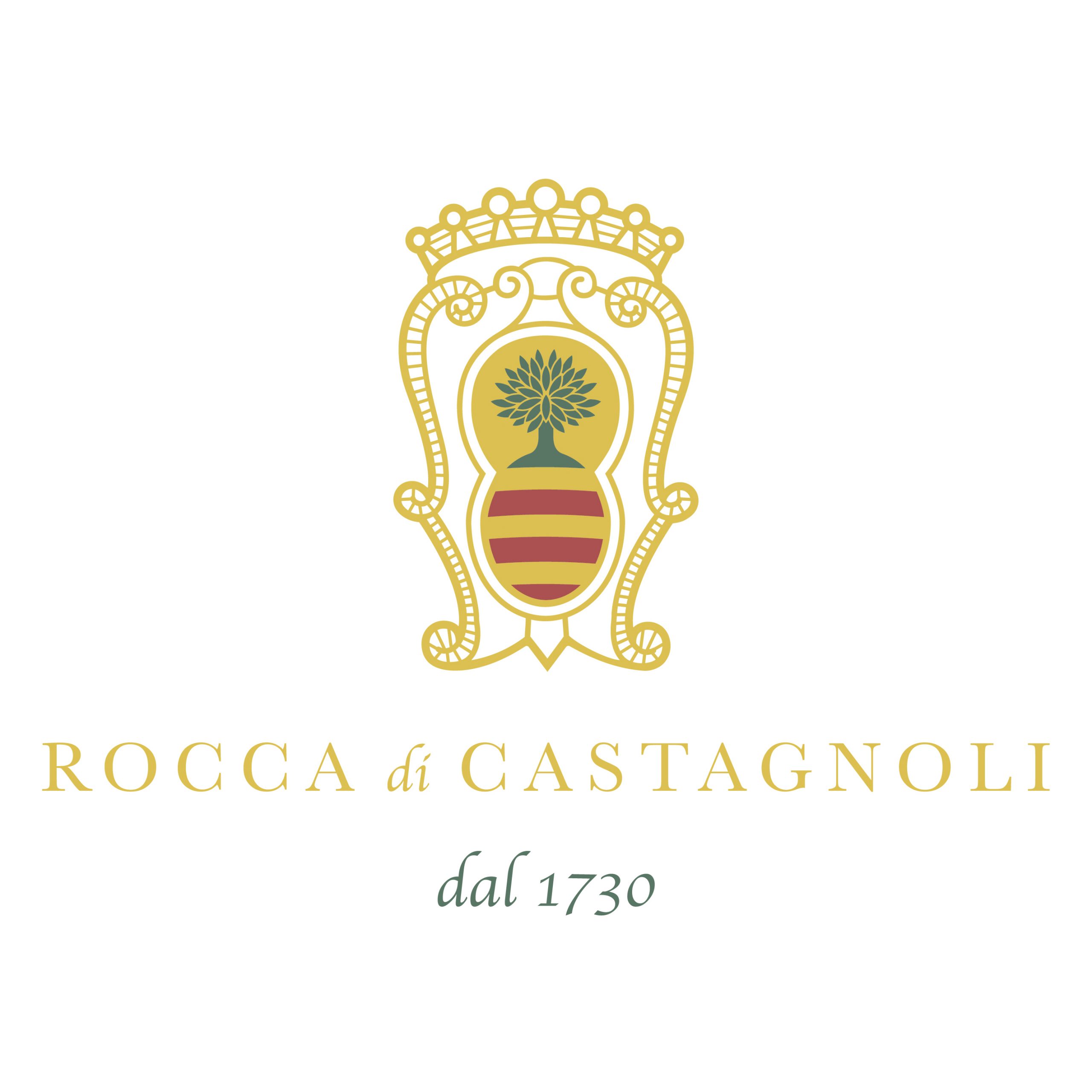

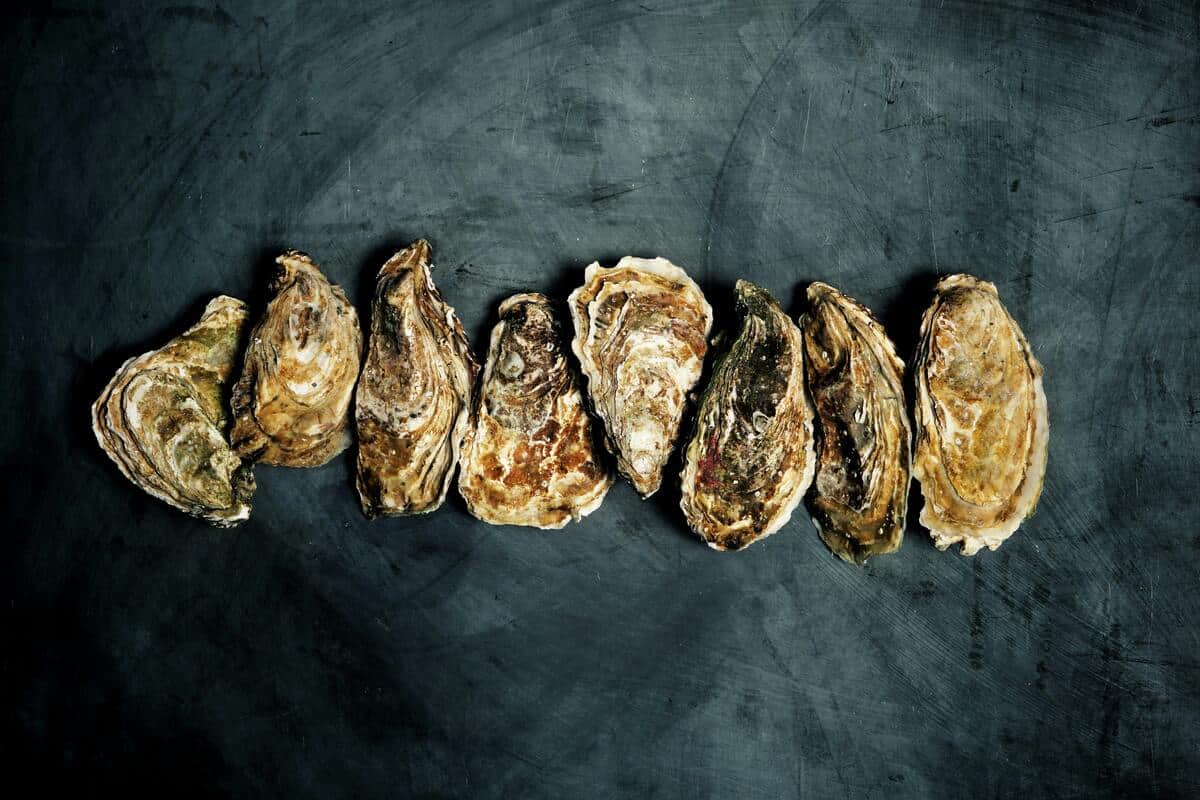 The best oysters to buy for New Year’s Eve. With expert advice
The best oysters to buy for New Year’s Eve. With expert advice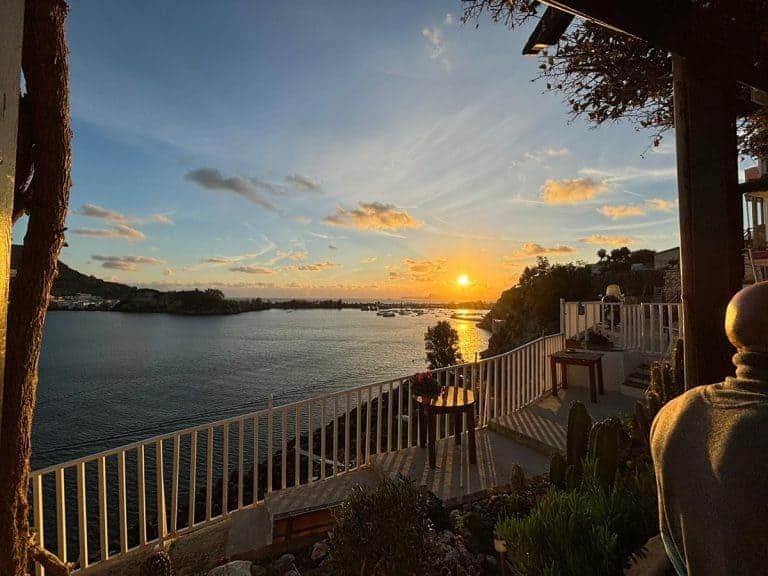 The hidden Trattoria in the Mountain of Bacoli that brings the sea to your plate
The hidden Trattoria in the Mountain of Bacoli that brings the sea to your plate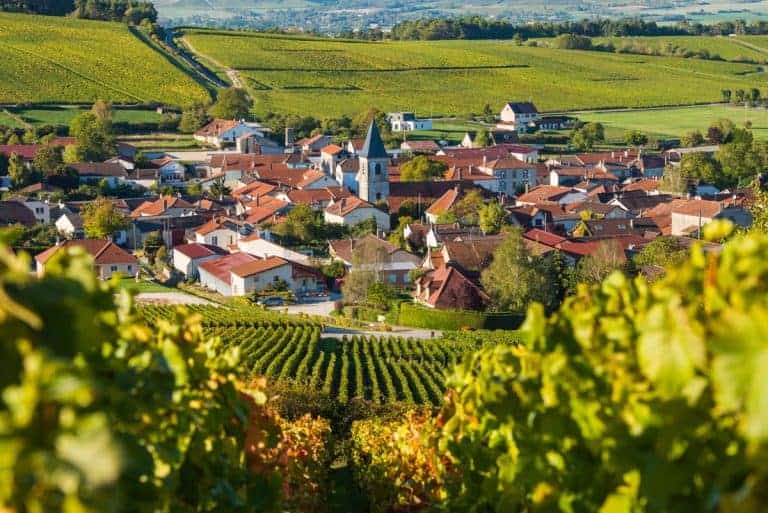 The 8 Champagnes of the Côte de Bar that enthralled us
The 8 Champagnes of the Côte de Bar that enthralled us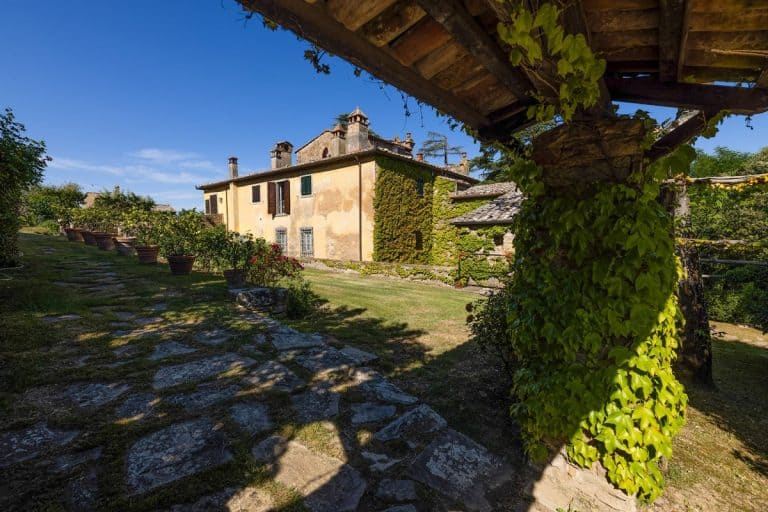 Here are the 11 Syrah labels that narrate the new era of Cortona winemakers
Here are the 11 Syrah labels that narrate the new era of Cortona winemakers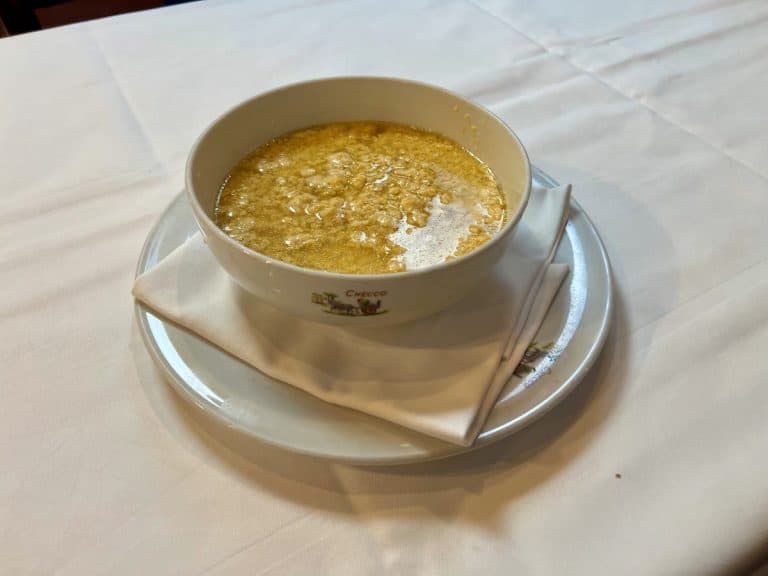 God Bless those who don’t forego Stracciatella on the evening of December 25th. Here’s the recipe from a renowned Roman trattoria
God Bless those who don’t forego Stracciatella on the evening of December 25th. Here’s the recipe from a renowned Roman trattoria